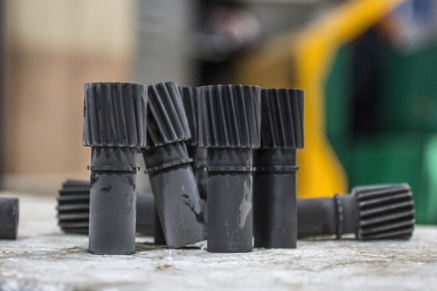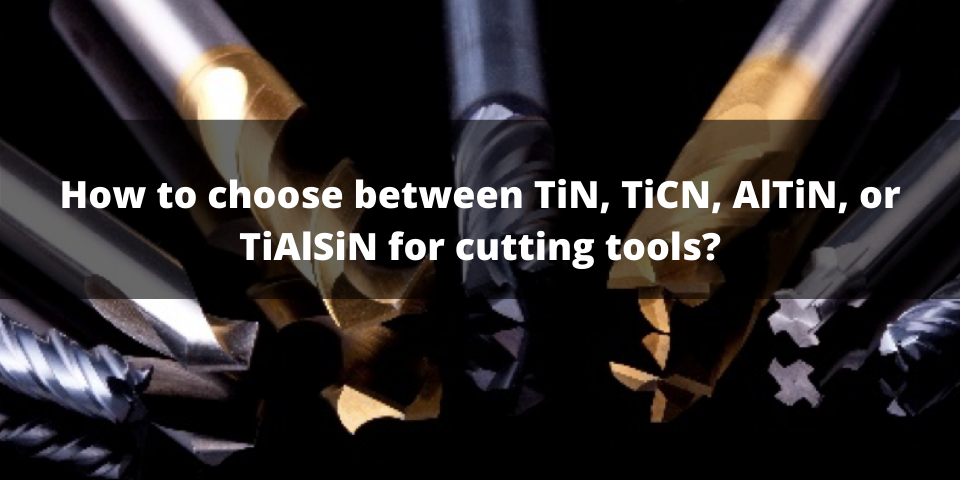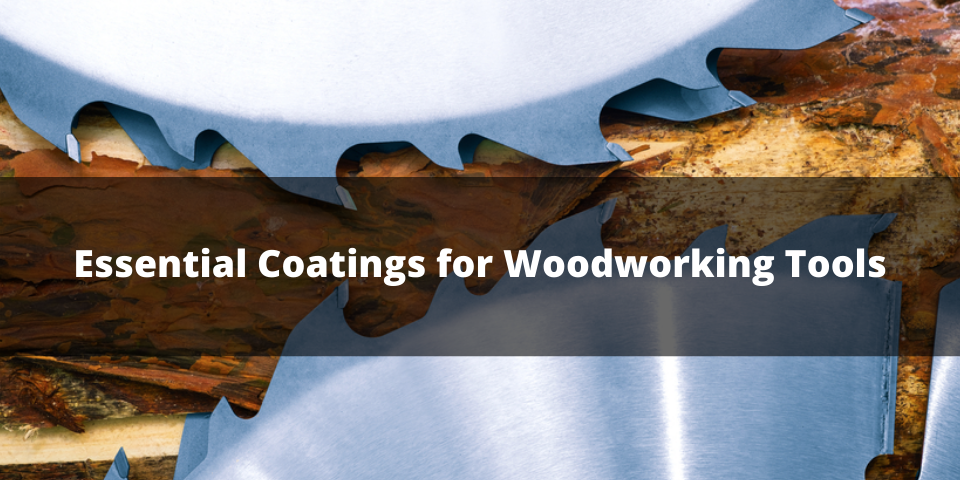Beauty Is Only Skin Deep: Surface Modification
Beauty Is Only Skin Deep: Surface Modification
Introduction
Depending on service requirements, tools and components can be improved in wear and corrosion resistance by heat treatment, electroplating, and PVD coating process. These are all surface-oriented material enhancement technologies.
PVD in particular can serve as an upgrade from existing heat treatment and plating industries. The heat treatment is usually done before most metal tools can be PVD coated. And, the products suitable for hard chrome plating and PVD coatings are well defined and chosen according to their individual pros and cons.
So, we encourage existing heat treaters and platers to integrate with the modern PVD coating technology to widen their service horizon.
A Quest for Wear and Corrosion Resistance for Your Tools
We all use tools, from household to professional settings. A good tool is balanced between structural integrity and functionality. For engineering tools such as molds, forming dies, cutting tools, gears, etc., requires a supportive tool body that is lightweight, tough, and cost effective.
We can select from a list of high-speed steels, tool steels, alloy steels, carbides, and composite materials for the most demanding working condition. However, when dealing with the actual work of tools, we need a different set of physical and chemical properties, which are often-times contradictive to those of the structural materials.
For example, the wear resistance requires high hardness. The hardness is a physical as well as a microstructural phenonium of materials. The increase of tool hardness by changing microstructure and/or altering alloying constituent usually results in a decrease of fracture toughness, which is undesired for the tool’s mechanical integrity. So, the best solution is to create new surface functionality of a sturdy tool by surface modification.
There are several popular ways we can modify the tool surface to the job requirement. Each method comes with its pros and cons.
1. Carburizing/Nitriding heat treatment
Heat treatment goes way back in history.
Iron and carbon steels can be heat treated and subsequently quenched into a good case hardening result. It’s a simple phase transformation from ductile to brittle structure. By adding carbon and nitrogen to steel matrix through high temperature and/or plasma-assisted processing, a high surface hardness of steel components can be achieved by forming a carbide-rich or nitride-rich surface layer, which provides wear resistance while maintaining the ductility and toughness of the underlying substrate materials.
Pros: process simplicity, available to large components or high volume of tools, low capital investment, excellent bonding
Cons: distortion, increasing waste management cost, high heat, oxidation


2. Electroplating
Electro-plating is also an old surface hardening technology still being used today. It is based on an electro-chemical reaction to “plate” hard metals such as Ni or Ni+Cr onto tool surfaces. It is a low temperature surface hardening process available to most conductive materials, and especially those heat sensitive materials.
Various alloying elements can be added to this wet process for additional functionality. In addition to surface hardening, aesthetic appealing is another popular reason to go electro-plating.
Pros: low temperature process, good coverage, available to large loading, simple process, low unit capital cost
Cons: highly contaminated waste, high waste management cost, uneven coating, surface cracks, poor bonding
3. Plasma-based PVD coating
PVD plasma coating was commercialized about half a century ago, but it is going strong with the advent of new coating materials and advanced plasma technology.
The true beauty of the PVD coating is its combination of nano-scale interface bonding, ultra-thin and conformal coverage, super-hardness, chemical inertness, sharpness retention, and being an environmental-friendly dry process.
Pros: low temperature process, ceramic-level hardness and inertness, ultra-thin, high temperature resistant, wide choice of coating materials and structures
Cons: line-of-sight deposition, size limit, high capital investment, vacuum process, high learning curve




